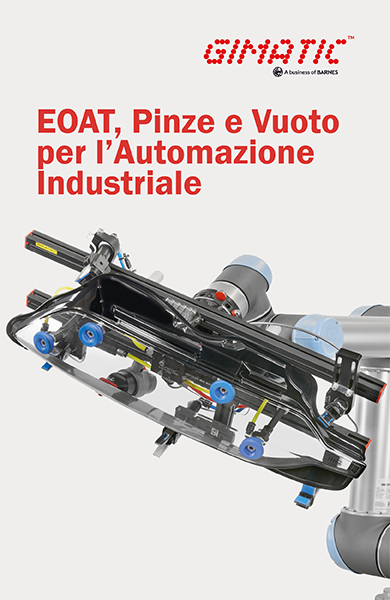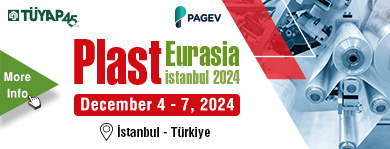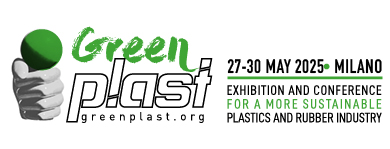
German nova-Institute presented technologies, polymers, developers and producers in this growing sector with high economic and sustainability potential at the “Conference on carbon dioxide as feedstock for fuels, chemistry and polymers“, hold in Cologne, Germany, on March 15 and 16. With almost 170 participants, the conference in Cologne has established itself as one of the world’s most important annual meeting places for the new CCU (Carbon Capture and Utilisation) industry. Nearly 30 leading companies and universities presented and discussed their latest activities in this dynamic industry.
For many, the use of carbon dioxide with the help of renewable energies is still a novelty. Most studies and investments focus on fuels in particular. However, a large number of chemicals and especially polymers can also be produced from carbon dioxide.
As a worldwide first, the nova-Institute published a study on this topic: “Carbon dioxide as a chemical feedstock for polymers - technologies, polymers, developers and producers”, which was introduced at the above mentioned event. The study investigates which polymers can be produced from carbon dioxide from a technical point of view and which polymers are already being developed, produced and marketed by which company. A status report on a completely new and growing sector with high economic and sustainability potential.
The report shows various opportunities to produce building blocks and polymers based on carbon dioxide via different pathways: chemical catalytic processes are used to produce chemicals such as aliphatic polycarbonates (APC), polypropylene carbonate (PPC), polyethylene carbonate (PEC), polylimonene carbonate (PLimC) and polyurethanes (PU). Biotechnological approaches - fermentation of carbon dioxide or carbon dioxide-rich syngases via microorganisms - lead to building blocks such as lactic acid and succinic acid, from which polymers such as polylactic acid (PLA) or polybutylene succinate (PBS) can be made. Polyhydroxy alkanoates (PHAs) are polymers which can be directly derived by fermentation of carbon dioxide without any intermediate building blocks. Electrochemical pathways, for example to monoethylene glycol (MEG) which is used for the production polyethylene terephthalate (PET), are also described in the report. Also using carbon dioxide-based methanol can be a route to produce olefins via an already established process, the “Methanol to Olefin (MTO)” process.
First pilot, demonstration and commercial production plants are already installed in which carbon dioxide is used either directly as a building block for polymers or indirectly in combination with other monomers that are not carbon dioxide-derived to obtain a large array of final plastics with tailor-made properties. A total of 30 companies from Asia, North America and Europe are already working on a large number of carbon dioxide-based polymers and plastics which are described in the report.























